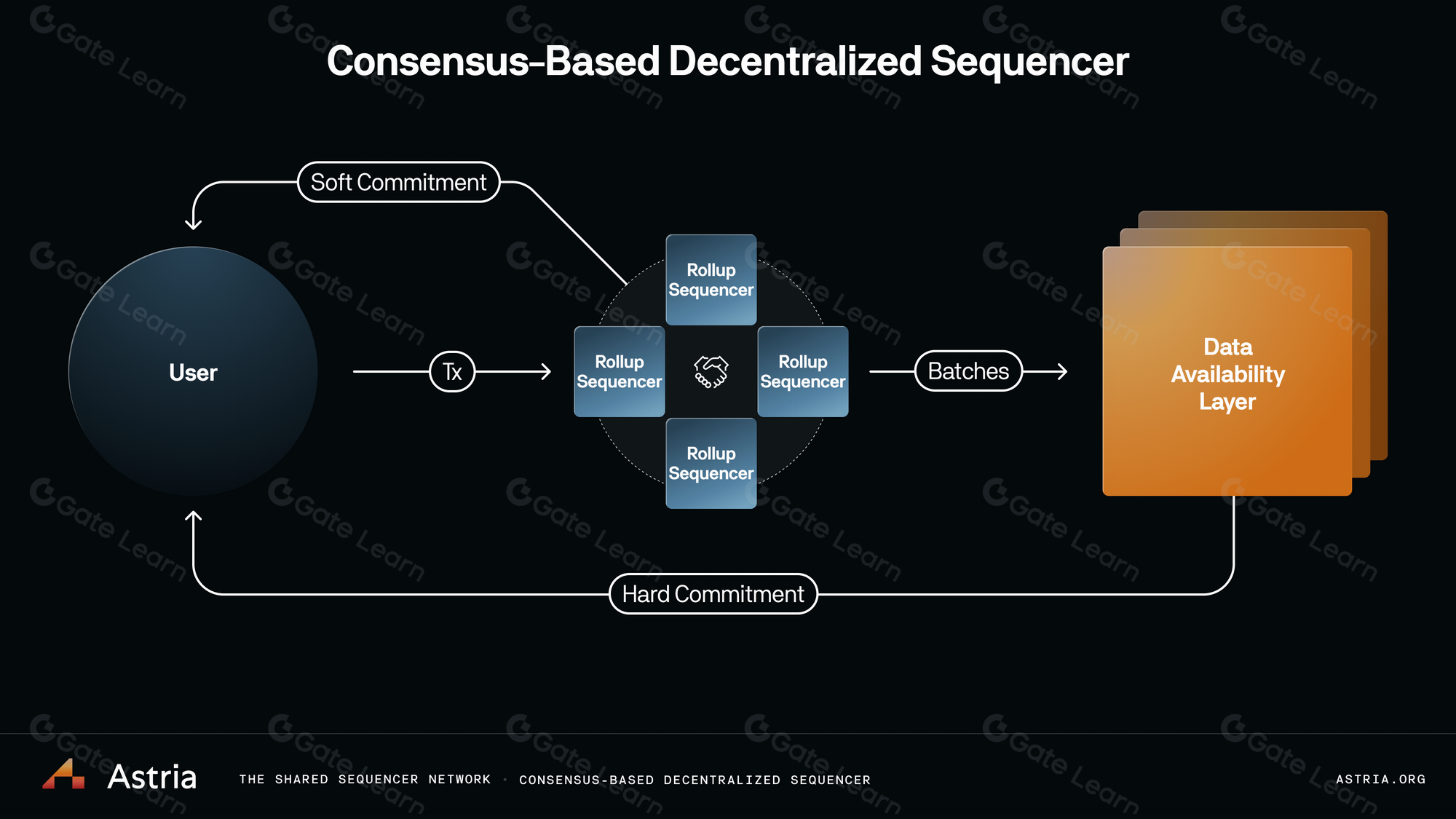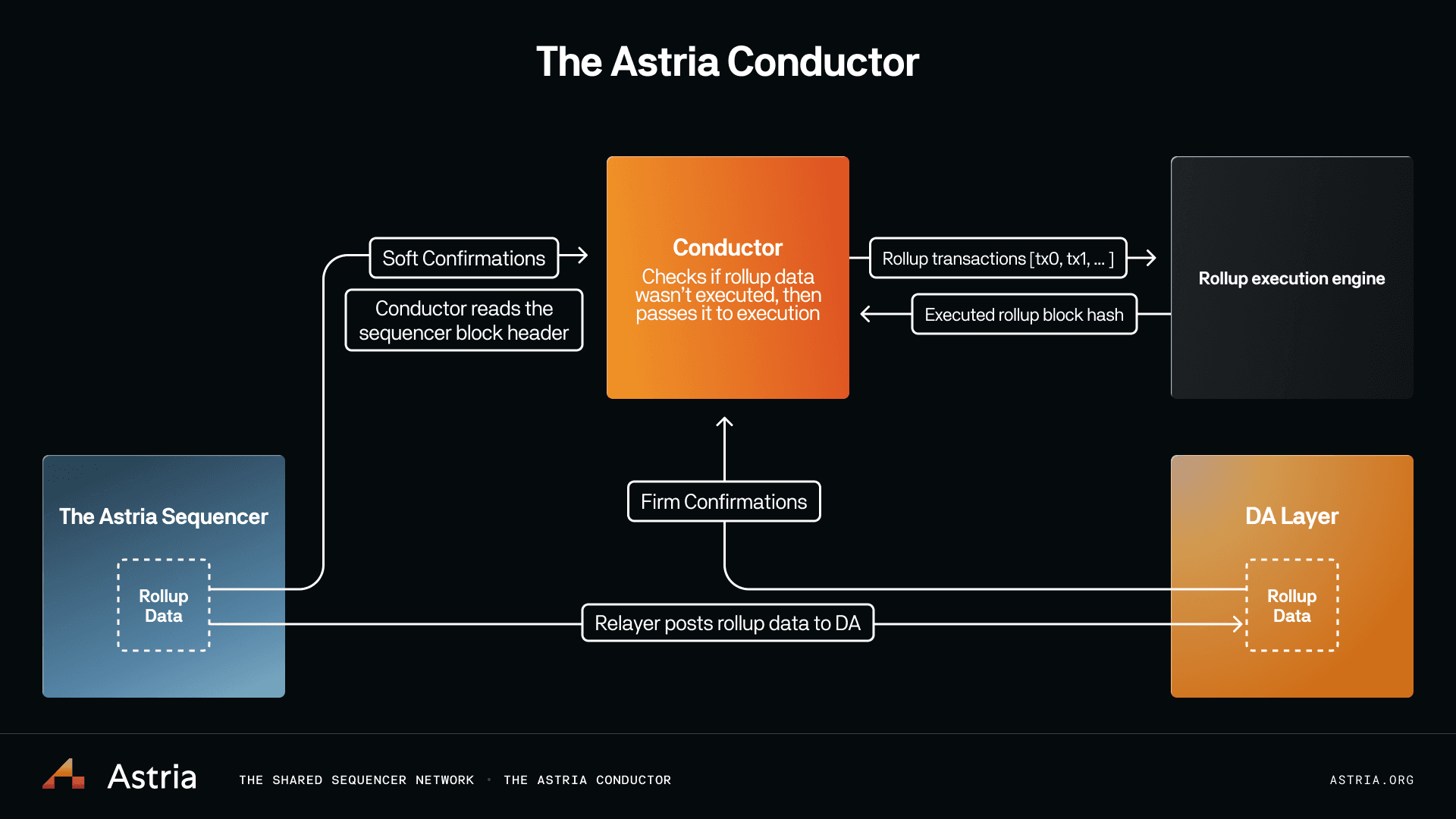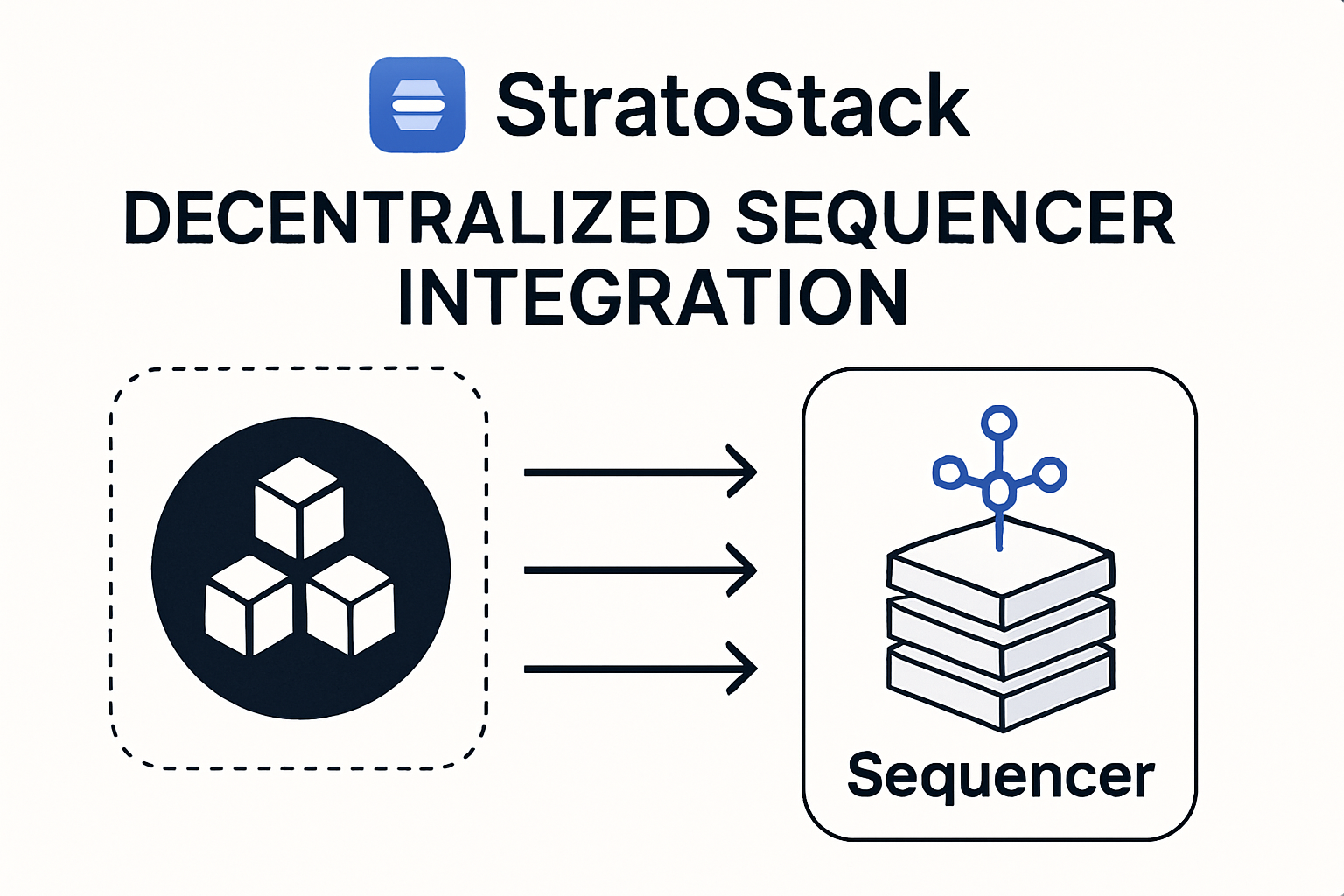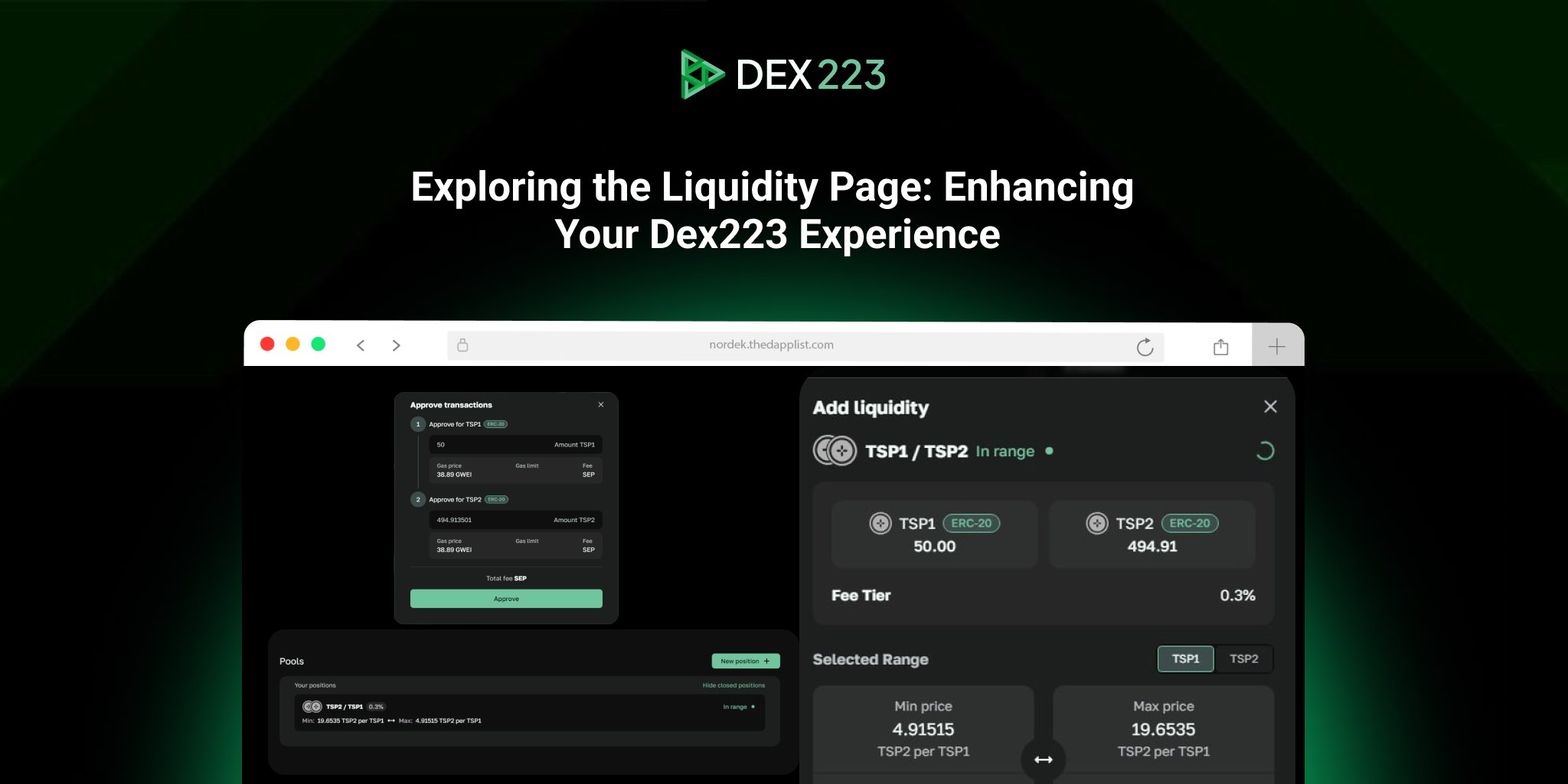
Rollups have been the backbone of Ethereum’s scaling ambitions, but their reliance on centralized sequencers has long been a thorn in the side of decentralization advocates. In 2025, the narrative is shifting: decentralized sequencer architectures are racing to the forefront, promising to make rollups not just faster and cheaper but also trustless and resilient. As modular proof systems and shared sequencing networks mature, the market is witnessing a battle among innovative projects vying to become the default trust layer for tomorrow’s app-chains.

Why Sequencer Decentralization Matters for Rollups
The core job of a rollup sequencer is simple in theory: order transactions and submit them to Ethereum. But when a single entity controls this process, it opens the door to censorship, MEV extraction, and liveness risks. As noted by Blockworks, if a centralized sequencer goes offline or acts maliciously, entire rollups can grind to a halt or see their users’ transactions censored. This is antithetical to Ethereum’s ethos.
Decentralized sequencers distribute this power across many independent nodes. The result? No single party can halt progress or manipulate transaction order for profit. Instead, consensus-driven networks like Astria and Espresso are emerging to provide shared sequencing layers that any rollup can plug into, offering strong guarantees around censorship resistance, liveness, and composability from day one.
The Race: Modular Sequencing Solutions in 2025
The landscape is dynamic and competitive. StratoStack has expanded its architecture to integrate with modular decentralized sequencers such as Espresso and Astria, both aiming for broad adoption by providing consensus-backed block ordering as a service (docs.stratostack.app). Espresso’s HotShot consensus protocol (inspired by HotStuff BFT) enables efficient transaction processing under optimistic network conditions (chaincatcher.com). Astria takes a shared network approach with fast finality and composability baked in from inception (astria.org).
Cero Network is pushing the envelope further with hybrid sequencing that balances decentralization with customizable performance knobs, catering to dapps that need both flexibility and robust security (cero.network). These solutions are not just technical upgrades; they’re strategic moves toward making resilient rollup infrastructure accessible for every use case, from DeFi protocols demanding atomic composability to consumer apps prioritizing uptime.
Leading Modular Decentralized Sequencer Projects in 2025
-

Espresso Systems: Espresso is pioneering a shared sequencer network for rollups, leveraging its innovative HotShot consensus (inspired by HotStuff BFT) to deliver fast, decentralized transaction ordering and finality. Its approach enables multiple rollups to access robust sequencing infrastructure with enhanced censorship resistance.
-

Astria: Built on top of Celestia, Astria offers a decentralized shared sequencer network designed for modular rollups. It provides fast finality, composability, and censorship resistance, aiming for decentralization from day one.
-

StratoStack: StratoStack is integrating support for modular, decentralized sequencers like Espresso and Astria, allowing rollups to outsource block ordering to consensus-driven networks. This enhances trustlessness and reduces single points of failure in rollup infrastructure.
-

Cero Network: Cero is developing a hybrid decentralized sequencing network that supports customizable configurations and security features. Its goal is to eliminate the limitations of current sequencing solutions and provide a flexible, resilient backbone for future rollups.
Challenges on the Roadmap: Performance vs Trustlessness
No innovation comes without trade-offs. While decentralizing sequencing eliminates single points of failure and reduces trust assumptions, it introduces new complexities around latency, coordination overhead, and incentive design. For some applications, like high-frequency trading or gaming, centralized sequencers may still offer unbeatable speed at the cost of some trust assumptions.
The real test will be whether these new networks can deliver on their promises without sacrificing user experience or security. As seen with Radius’s modular approach (kroma.network) and PVDE models ensuring fair sequencing (ScienceDirect.com), there is no one-size-fits-all solution yet; instead, we’re seeing an explosion of experimentation where different models compete on censorship resistance, liveness guarantees, fees, and developer experience.






